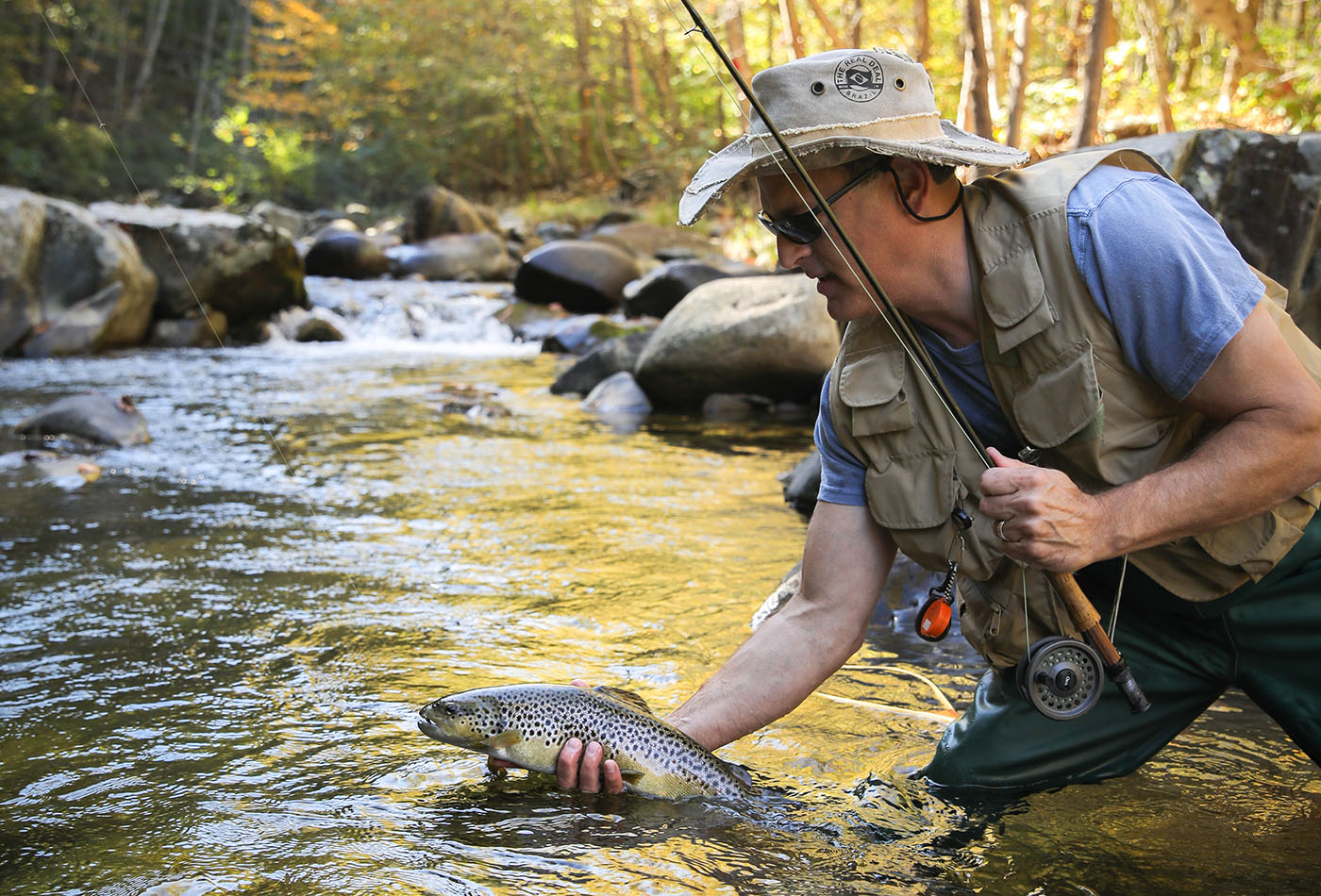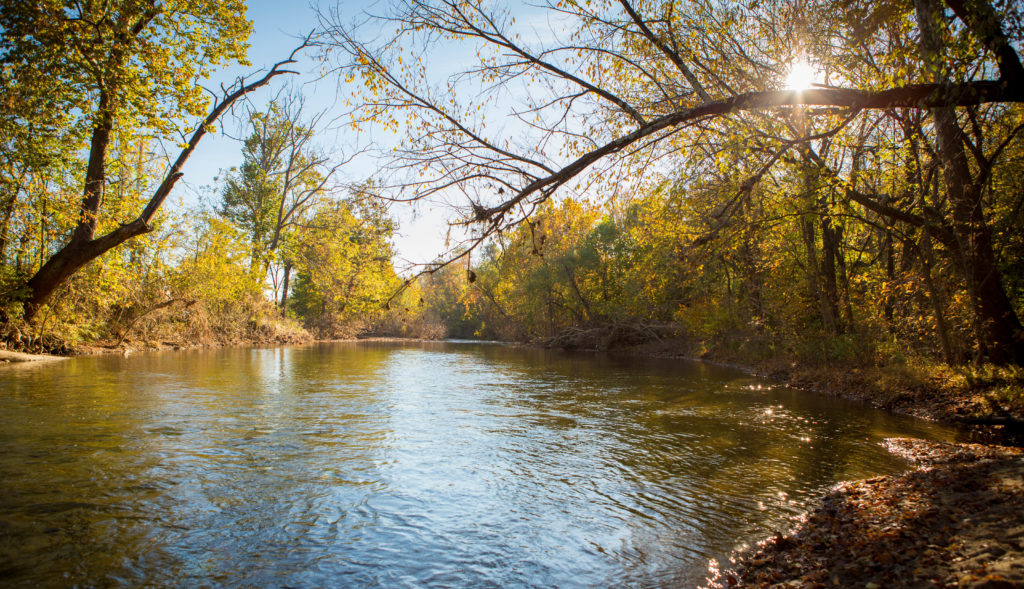
Virginia contains over 2,900 miles of trout streams – that’s not including the numerous ponds, small lakes and reservoirs that inhabit trout. The total includes over 2,300 miles of wild trout streams and about 600 miles of water inhabited with stocked trout. That’s a lot of opportunity for an angler to cast a line in pursuit of one of Virginia’s most decorated fish species.
Trout Stocking Program
The Virginia Department of Game & Inland Fisheries (DGIF) created an announced stocking schedule, so anglers can plan to go fishing at one of these locations weeks in advance.
Spawning from the announced stocking schedule, the Daily Trout Stocking Schedule makes updates on which waters have been stocked for trout each day. This allows anglers to search the most recent stocking dates across the state prior to deciding which fishing destination to go to.
DGIF stocks numerous bodies of water making trout fishing opportunities diverse throughout the commonwealth; many of which are located in the mountainous regions of the state.
“There’s something for everyone,” says Jason Hallacher, DGIF Assistant Fisheries Biologist.
The Department has also established a Youth-Only Stocked Trout Program. Designated waters by the Director will be considered Youth-Only from April 1 through June 15.
“Our goal is to attract youth to the sport,” says Hallacher. He says a potential benefit for getting children involved in fishing will be education on conservation because they will take interest in preserving wildlife and clean water if they enjoy catching fish.
Fees from trout stamps and fishing licenses are the primary funding mechanism of the trout stocking program in Virginia.

Wild Trout vs. Stocked Trout
Virginia offers opportunities to catch both wild and stocked trout through the Catchable Trout Stocking Program and the Wild Trout Program. From a fishing perspective, the difference entails a natural progression from a novice to a purist angler.
Stocked trout are grown at a hatchery and fed regularly, allowing them to grow abnormally large, whereas a wild trout must adapt to survival conditions for themselves, hindering their ability to grow large depending on environmental circumstances. Mostly pristine mountain streams where they live are low in productivity of sources for them. If an angler is fishing for stocked trout, they will undoubtedly be catching larger fish.
Virginia was one of the first states to map out all the wild trout waters in the state. New last year, DGIF offers a trout stocking interactive map. This map highlights the locations of wild trout streams and stocked trout waters, species of trout inhabiting these waters, and fishing regulations pertaining to each waterbody.
Brook trout still accounts for nearly 80 percent of the wild trout resource in the state. The brook trout is Virginia’s only native trout species. Virginia currently has more miles of native brook trout streams than any other southeastern state.
 Where Can I Catch Fish?
Where Can I Catch Fish?
Hallacher says Ramsey’s Draft, Rapidan River, and St. Mary’s River, are superb destinations to catch wild brook trout. Whitetop Laurel Creek in Southwest Virginia is one of the best wild trout streams in the Commonwealth. Here, anglers have the opportunity to catch the “Trout Trifecta” as wild brook, rainbow and brown trout dwell in Whitetop Laurel.
The Jackson River Tailwater downstream of Lake Moomaw is an ideal destination for quality-size wild rainbow and brown trout. The Smith River Tailwater downstream of Philpott Reservoir harbors an outstanding wild brown trout fishery. Some leading designated stocked trout waters include Elkhorn Lake, South Fork Holston River, Big Stony Creek, Pedlar River, Jennings Creek, Rose River, Passage Creek, and Pandapas Pond. Check out the complete list of Designated Stocked Trout Waters to plan your next trout fishing expedition.
Trout season in Virginia is year-round, but different bodies of water have different regulations and requirements. Regulations have been applied to certain wild and stocked trout waters to manage the species while also providing unique angling opportunities.
VDGIF fisheries biologists work to maintain healthy trout populations and ensure that trout anglers have the best opportunities. Their work has led Virginia to become a chief trout fishing destination in the southeastern United States. Buy your license now to ensure your favorite trout species and pristine water conditions prosper for future generations. As the Department stocks over 1.2 million catchable-size trout in more than 180 waters annually, trout fishing success in Virginia is nearly guaranteed.
Buy Your License


